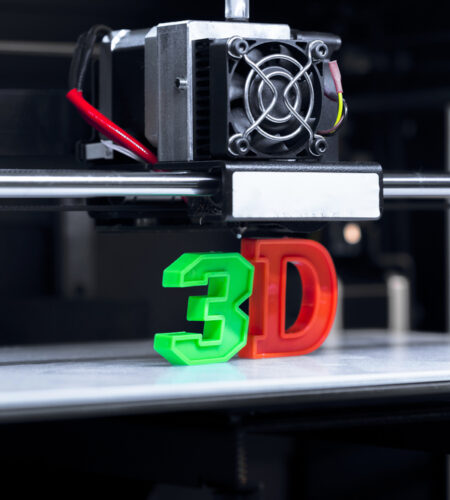In the intersection of technology and cultural preservation, 3D printing emerges as a revolutionary tool, offering new possibilities in the creation and replication of cultural artifacts. This innovative technology is not just reshaping manufacturing and design; it’s opening up a world where preserving, studying, and sharing cultural heritage is more accessible than ever before. For historians, curators, educators, and enthusiasts, 3D printing provides a unique opportunity to bring the past into the present, making cultural artifacts more tangible and relatable to contemporary audiences.

The core of using 3D printing in cultural preservation lies in its ability to accurately replicate artifacts. Through 3D scanning and printing technologies, precise replicas of artifacts can be produced, from ancient sculptures and historical artifacts to intricate architectural details. This capability is especially valuable for preserving items that are fragile, rare, or susceptible to environmental damage. Replicas can be used for educational purposes, in exhibitions, or as a part of conservation efforts, providing a hands-on experience without risking the original piece.
One of the most exciting aspects of 3D printing in this field is its accessibility. Museums and educational institutions can share 3D models of artifacts online, allowing people from around the world to print and study these pieces in their own homes or classrooms. This democratization of access to cultural artifacts helps in fostering a global appreciation of different cultures’ histories and artistic achievements.
For educators, 3D printed artifacts offer an engaging way to teach history and art. Students can handle and examine replicas of historical items, making learning more interactive and immersive. This tactile experience can be particularly impactful, making history feel more real and relatable than textbooks or images alone could convey.


Moreover, 3D printing also allows for the restoration and reconstruction of damaged cultural artifacts. By printing missing parts or reconstructing whole items based on historical records and archaeological findings, restorers can bring damaged artifacts back to their former glory. This aspect of 3D printing plays a crucial role in preserving the integrity and continuity of cultural heritage.
In addition to preservation and education, 3D printing offers creative opportunities for artists and designers. They can draw inspiration from cultural artifacts to create new works, blending traditional motifs and styles with contemporary design and functionality. This fusion can result in unique art pieces that pay homage to cultural heritage while also pushing the boundaries of modern design.
Conclusion
In conclusion, the application of 3D printing technology in creating and replicating cultural artifacts marks a significant step forward in the preservation and appreciation of cultural heritage. It bridges the gap between the past and the present, making history accessible, interactive, and engaging. As this technology continues to evolve, it promises even greater contributions to the field of cultural preservation, education, and art, ensuring that the rich tapestry of human history and culture is preserved and celebrated for future generations.



Comments